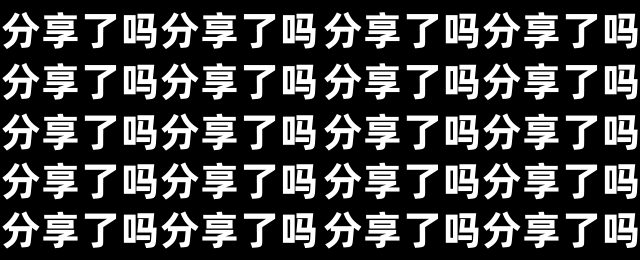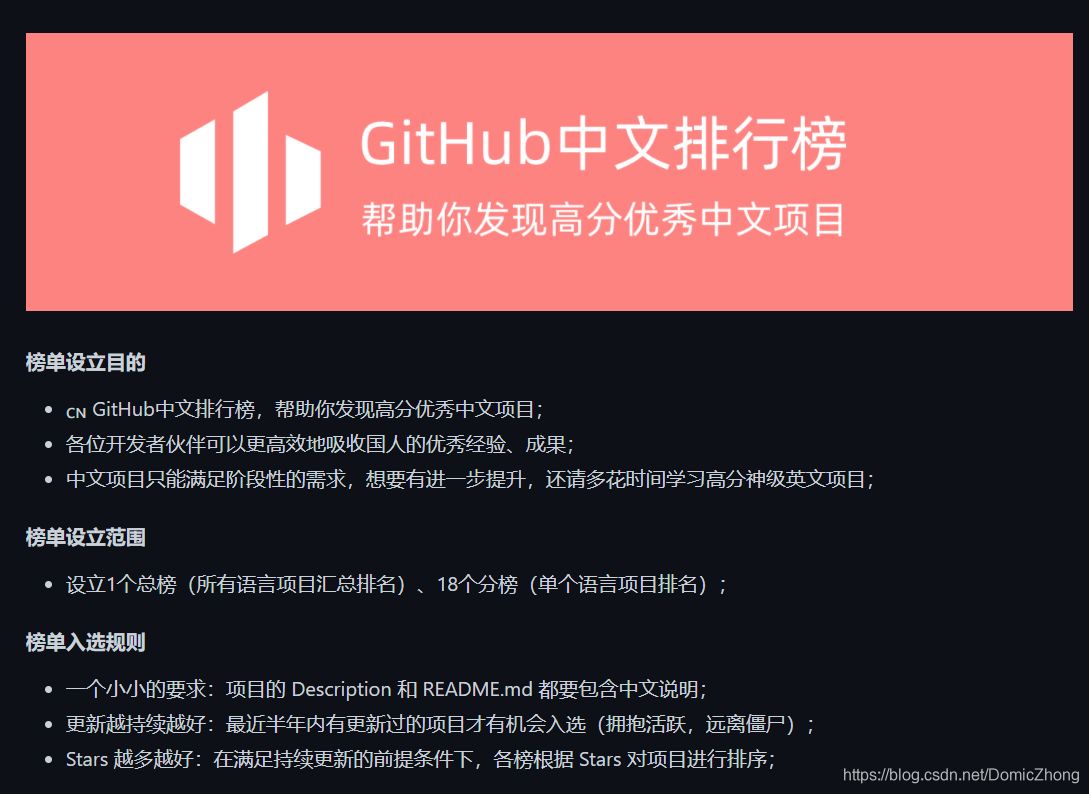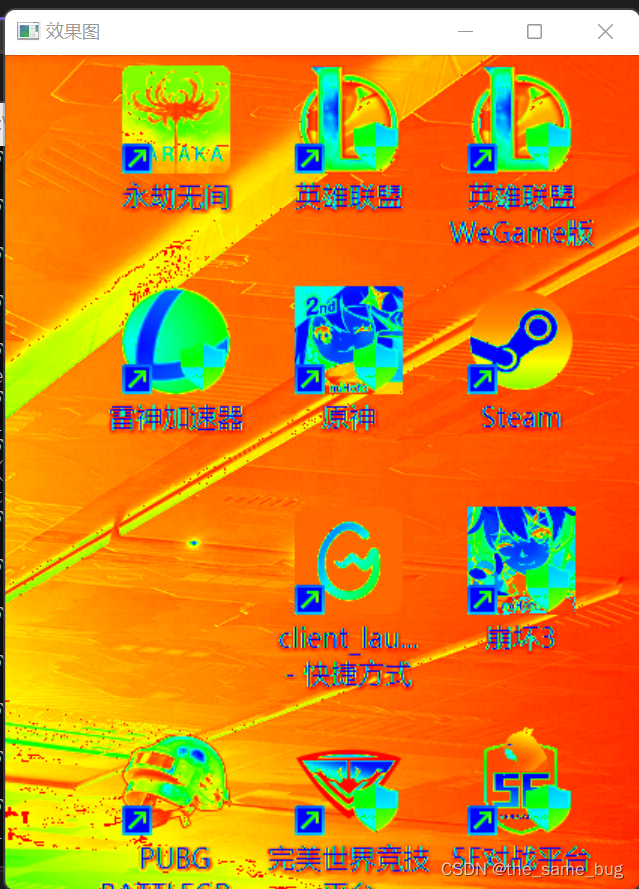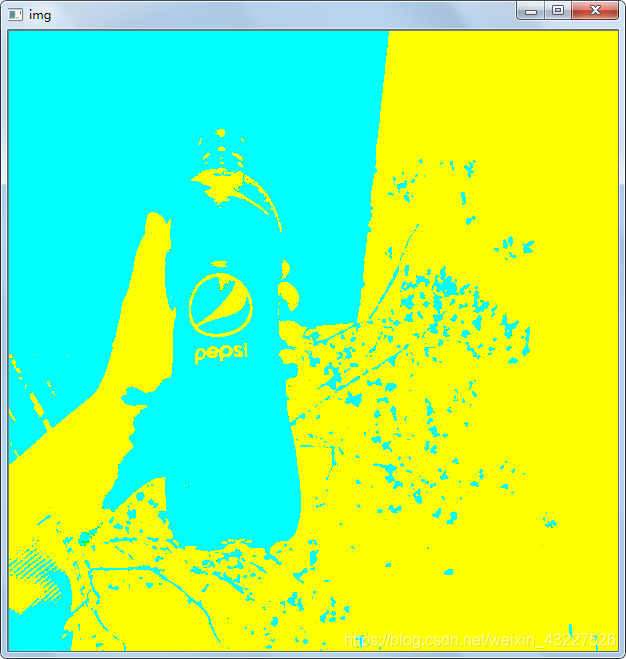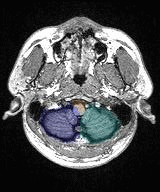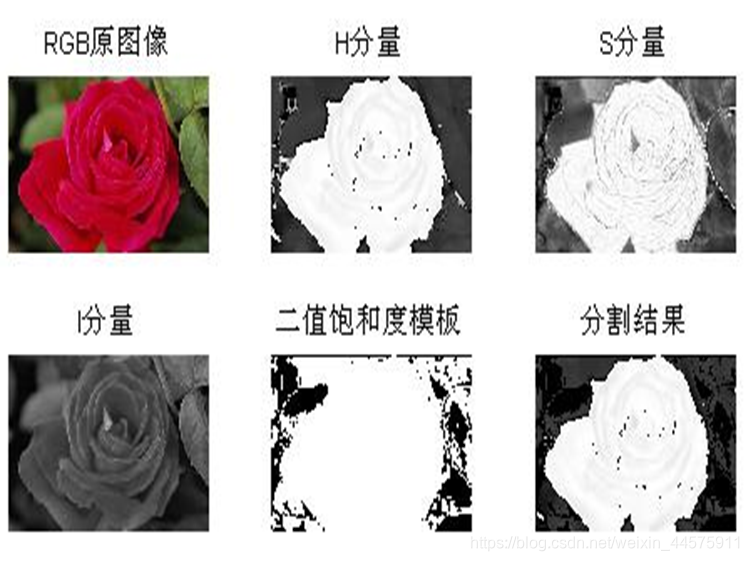最近 V 语言-一个GO语言最吸晴的项目,在千呼万唤之后,终于迎来开源,并正式发布了首个可用版本,其一经推出,便强势登顶 GitHub的榜首,引来各方热议。目前V已经可以实现自我编译迭代,笔者大致了解了一下V语言,主要有如下一些特性。
1.快速编译: V每CPU核心每秒编译约120万行代码。 V也可以调用C,编译速度下降到≈100k行/秒/CPU。安全
2.安全策略:没有空;没有全局变量(意味着变量都是在函数体中声明) 没有未定义的行为
3.性能:和C一样快,操作C没有任何成本,不支持运行时反射,编译器只有400K,整个语言及其标准库都小于400kb。V目前是用V写的,你可以在0。4秒内完成。(到今年年底,这个数字将降至≈0.15秒。)
4.强大的图形能力:支持在GDI+/Cocoa绘图之上的跨平台绘图库,以及一个基于OpenGL的图形库,以支持加载复杂的三维对象与纹理
由于曾经做过一段时间的DIRECTX的开发,V语言对于图形能力的特性宣传最吸引笔者的注意。所以我到其官网及Github上学习了一下相关内容,按照编译运行了一下俄罗斯 方块的例程,接下来向大家做一下分享。

安装V语言
如果只是HELLO WORLD程序是非常简单的,只需要按照https://vlang.io官网的标准步骤来执行即可。而如果使用其图形处理能力笔者目前只在UBANTU平台测试成功。下面均是以UBANTU为例来说明
首先将整个项目克隆下来,再make即可
git clone https://github.com/vlang/vcd vmake如果报curl command not found,则执行以下命令安装curl
sudo apt install curl接下来在建立软链接
sudo ln -s /home/machao/v/v /usr/local/bin/v然后运行v就能进到v语言的命令行了。而如果要运行俄罗斯方块还需要以下这些库的支持,
sudo apt install libglfw3 libglfw3-dev libfreetype6-dev libcurl3-dev 运行俄罗斯方块
接下来cd tetris,进入到俄罗斯方块的目录,先使用gedit tetris.v,来看一下v语言的代码样例,其主要部分如下:
fn main() {glfw.init()//实始化类mut game := &Game{gg: 0} // TODOgame.parse_tetros()game.init_game()mut window := glfw.create_window(glfw.WinCfg {width: WinWidthheight: WinHeighttitle: 'V Tetris'ptr: game // glfw user pointer})window.make_context_current()window.onkeydown(key_down)//注册事件gg.init()game.gg = gg.new_context(gg.Cfg {width: WinWidthheight: WinHeightuse_ortho: true // This is needed for 2D drawing})go game.run() // Run the game loop in a new threadgl.clear() // For some reason this is necessary to avoid an intial flickeringgl.clear_color(255, 255, 255, 255)for {gl.clear()gl.clear_color(255, 255, 255, 255)game.draw_scene()window.swap_buffers()glfw.wait_events()if window.should_close() {window.destroy()glfw.terminate()exit(0)}}
}fn (g mut Game) move_right(dx int) {// Reached left/right edge or another tetro?for i := 0; i < TetroSize; i++ {tetro := g.tetro[i]y := tetro.y + g.pos_yx := tetro.x + g.pos_x + dxrow := g.field[y]if row[x] != 0 {// Do not movereturn}}g.pos_x += dx
}fn (g mut Game) delete_completed_lines() {for y := FieldHeight; y >= 1; y-- {g.delete_completed_line(y)}
}fn (g mut Game) delete_completed_line(y int) {for x := 1; x <= FieldWidth; x++ {f := g.field[y]if f[x] == 0 {return}}// Move everything down by 1 positionfor yy := y - 1; yy >= 1; yy-- {for x := 1; x <= FieldWidth; x++ {mut a := g.field[yy + 1]mut b := g.field[yy]a[x] = b[x]}}
}// Place a new tetro on top
fn (g mut Game) generate_tetro() {g.pos_y = 0g.pos_x = FieldWidth / 2 - TetroSize / 2g.tetro_idx = rand.next(BTetros.len)g.rotation_idx = 0g.get_tetro()
}// Get the right tetro from cache
fn (g mut Game) get_tetro() {idx := g.tetro_idx * TetroSize * TetroSize + g.rotation_idx * TetroSizeg.tetro = g.tetros_cache.slice(idx, idx + TetroSize)
}fn (g mut Game) drop_tetro() {for i := 0; i < TetroSize; i++ {tetro := g.tetro[i]x := tetro.x + g.pos_xy := tetro.y + g.pos_y// Remember the color of each block// TODO: g.field[y][x] = g.tetro_idx + 1mut row := g.field[y]row[x] = g.tetro_idx + 1}
}fn (g &Game) draw_tetro() {for i := 0; i < TetroSize; i++ {tetro := g.tetro[i]g.draw_block(g.pos_y + tetro.y, g.pos_x + tetro.x, g.tetro_idx + 1)}
}fn (g &Game) draw_block(i, j, color_idx int) {g.gg.draw_rect((j - 1) * BlockSize, (i - 1) * BlockSize,BlockSize - 1, BlockSize - 1, Colors[color_idx])
}fn (g &Game) draw_field() {for i := 1; i < FieldHeight + 1; i++ {for j := 1; j < FieldWidth + 1; j++ {f := g.field[i]if f[j] > 0 {g.draw_block(i, j, f[j])}}}
}fn (g &Game) draw_scene() {g.draw_tetro()g.draw_field()
}fn parse_binary_tetro(t int) []Block {res := [Block{} ; 4]mut cnt := 0horizontal := t == 9// special case for the horizontal linefor i := 0; i <= 3; i++ {// Get ith digit of tp := int(math.pow(10, 3 - i))mut digit := int(t / p)t %= p// Convert the digit to binaryfor j := 3; j >= 0; j-- {bin := digit % 2digit /= 2if bin == 1 || (horizontal && i == TetroSize - 1) {// TODO: res[cnt].x = j// res[cnt].y = imut point := &res[cnt]point.x = jpoint.y = icnt++}}}return res
}// TODO: this exposes the unsafe C interface, clean up
fn key_down(wnd voidptr, key, code, action, mods int) {if action != 2 && action != 1 {return}// Fetch the game object stored in the user pointermut game := &Game(glfw.get_window_user_pointer(wnd))switch key {case glfw.KEY_ESCAPE:glfw.set_should_close(wnd, true)case glfw.KeyUp:// Rotate the tetrogame.rotation_idx++if game.rotation_idx == TetroSize {game.rotation_idx = 0}game.get_tetro()if game.pos_x < 0 {game.pos_x = 1}case glfw.KeyLeft:game.move_right(-1)case glfw.KeyRight:game.move_right(1)case glfw.KeyDown:game.move_tetro() // drop faster when the player presses <down>}
}
我们看到这个程序是在这行代码window.onkeydown(key_down)来进行事件注册的,其渲染是在draw_scene函数进行渲染的。
使用v run tetris.v命令就能看到以下的效果了。左边是debug窗口,右边是程序效果。
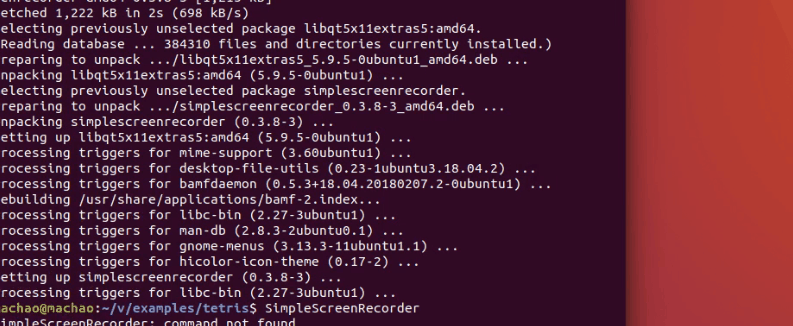
后面笔者还会继续关注V语言的发展,为大家带来第一手的教程分享。
